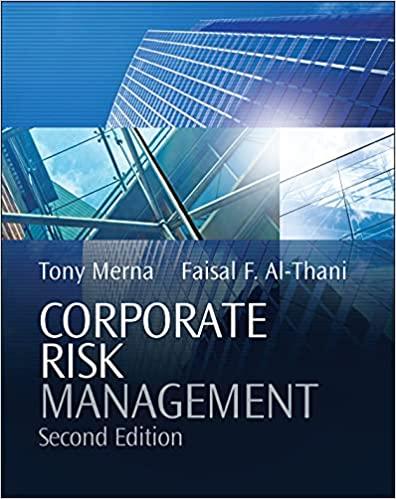
Required information [The following information applies to the questions displayed below.) York Company engaged in the following transactions for the year Year 1. The beginning cash balance was $86,000 and the ending cash balance was $59,100. 1. Sales on account were $548,000. The beginning receivables balance was $128,000 and the ending balance was $90,000. 2. Salaries expense for the period was $232,000. The beginning salaries payable balance was $16,000 and the ending balance was $8,000. 3. Other operating expenses for the period were $236,000. The beginning other operating expenses payable balance was $16,000 and the ending balance was $10,000. 4. Recorded $30,000 of depreciation expense. The beginning and ending balances in the Accumulated Depreciation account were $12,000 and $42,000, respectively. 5. The Equipment account had beginning and ending balances of $44,000 and $56,000, respectively. There were no sales of equipment during the period. 6. The beginning and ending balances in the Notes Payable account were $36,000 and $44,000, respectively. There were no payoffs of notes during the period. 7. There was $4,600 of interest expense reported on the income statement. The beginning and ending balances in the Interest Payable account were $8,400 and $7,500, respectively. 8. The beginning and ending Merchandise Inventory account balances were $22,000 and $29,400, respectively. The company sold merchandise with a cost of $83,600 (cost of goods sold for the period was $83,600). The beginning and ending balances in the Accounts Payable account were $8,000 and $6,400, respectively. 9. The beginning and ending balances in the Notes Receivable account were $60,000 and $100,000, respectively. Notes receivable result from long-term loans made to employees. There were no collections from employees during the period. 10. The beginning and ending balances in the Common Stock account were $120,000 and $160,000, respectively. The increase was caused by the issue of common stock for cash. 11. Land had beginning and ending balances of $24,000 and $14,000, respectively. Land that cost $10,000 was sold for $6,000, resulting in a loss of $4,000. 12. The tax expense for the period was $6,600. The Taxes Payable account had a $2,400 beginning balance and an $2,200 ending balance. 13. The Investments account had beginning and ending balances of $20,000 and $60,000, respectively. The company purchased investments for $50,000 cash during the period, and investments that cost $10,000 were sold for $22,000, resulting in a $12,000 gain. b. Prepare a statement of cash flows using the direct method. (Amounts to be deducted should be indicated with a minus sign.) YORK COMPANY Statement of Cash Flows For the Year Ended December 31, Year 1 Cash Flows From Operating Activities: Cash Receipts from: $ 0 Total cash inflows Cash Payments for: Total cash outflows 0 0 Cash Flows from Investing Activities: 0 Cash Flows from Financing Activities: 0 0 Ending cash balance $ 0







